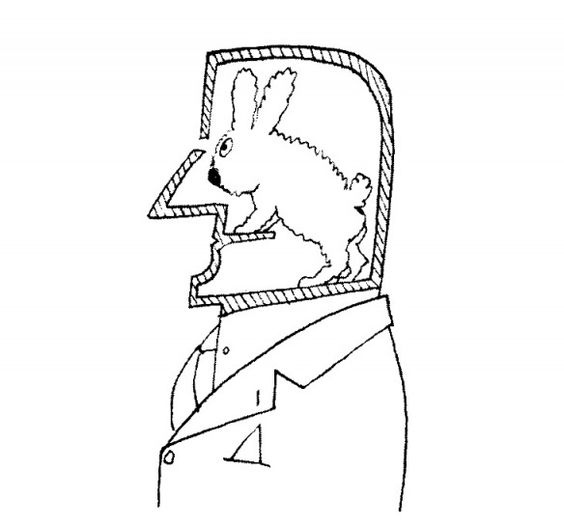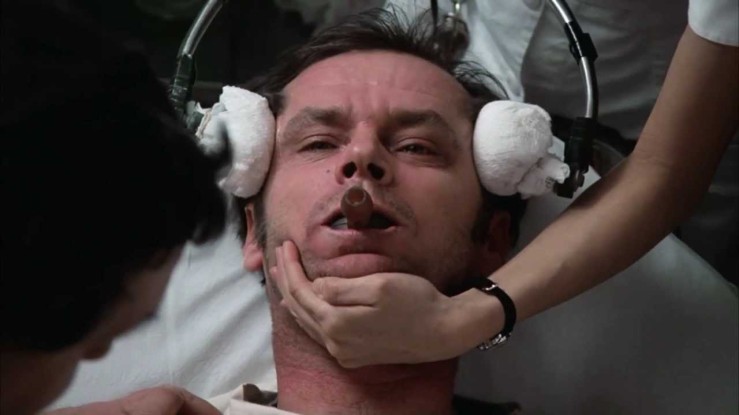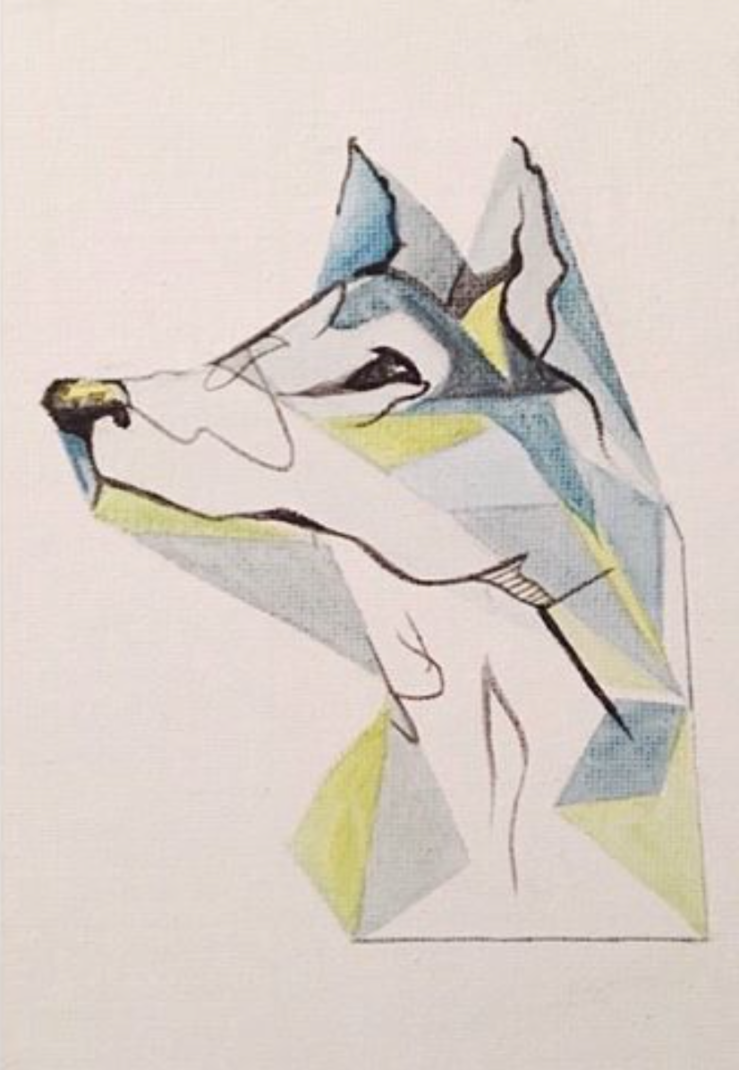tutorial and ron
Category: Uncategorized
Week 6 – Film Reflection
To do:
- film language
- pacing
- sound
- cut down/refine story
oppressive regime
- Maus – Art Spiegelman – shallow metaphor
my film – metaphorical – too loose
commonality
bring in more specific stuff, other than primal verge to survive – hard to be sympathetic
cyclic nature – more
What if the wolves weren’t looking after the rabbits? Do rabbits fulfil certain role/fuction?
– The Butterfly Effect! – If mess with one thing in system what will happen?
sociopolitical
get freedom – goes wrong?!
THEME – audience play with it
microcosm
does work – protest – better/worse solution
net result = not improvement but role reversal
open debate
WHAT DO YOU WANT TO SAY???!!!!!???
bring more – boring at the moment
ambiguity
RABBITS
-Watership Down – ambiguous – assume for kids but more morbid/bleak
- a world of ruthless tyranny and brave rebellion
- a world of incredible courage and mortal fear
- curious resemblance to human world
- unusual and provocative
- exciting adventure and desperate conflict
- trauma – survival – everything rabbits can do to find better life for themselves
- highly serious tone
- focal point = journey and perils
- own laws and philosophies – totally rabbit world
- dramatic life of rabbit
- hyperrealistic design as close to reality
- not appealing look upon what’s actually going on – POV of rabbit – not pretty
- rabbits individually unique in design
- human emotions – audience identify – brutality of fight scenes/when fall in hands of prey
- minimal colour palette – set tone
- characters each have different characteristics
What going to do with conflict/characters?
relationship – motivating force – human
Don’t try to solve it – you won’t – just say something
Why treat each other like this? See where it gets us…
serious? comical?
Saul Steinberg

On the outside we’re one thing, on the inside, something else. General point – what human existence is about.
Sometimes one animal, then scared rabbit, then wolf.
DECIDE – what you want to use the metaphor for? approached the wrong way round
observational?
Cafe Bar, Alison De Vere:
observational
observing human condition rather than thinking about narrative
How are you doing it?
character design…
current animatic – too complicated – conflict – too many different directions
metaphor for capitalism
rabbits overthrow, start working for themselves
basic structure – could work with point trying to make
clothes work well
need to engage with characters – introduce 1 character
narrative – introduce world we already recognise – at one removed
build up – exposition stuff – introduce world
what sparks revolution?!!! to change things
basic structure – ok – pull apart technically
1 clear character – either side – other wolves subordinate
then see something fight against oppression
hang onto narrative thread
cliché
- introduce world – exposition – rabbits oppressed
- something sparks change
- resolution
- arc – plan to overthrow oppressive regime of wolves
1 idea trying to put across
oppressed and oppressors
what trying to do = change!!! once basic structure
rabbits – metaphor – gas chamber – Auschwitz
better? – cooking up own meat, killing each other, more reason to overthrow wolves
once basic structure, plot points, can go anywhere
totally simplify then expand
3 ACT STRUCTURE
distill and make simpler
always keep sight if something will deviate.
Reflection
I am worried my treatment for a short film is far too long…
Tess is concerned of this too.
Presenting 2 groups: rabbits and wolves, either present as conforming or not conforming to stereotypes
“Rabbits are working on a farm run by an alpha-wolf, growing carrots for the wolf”.
What does an alpha wolf want with carrots? Is he CEO of some big carrot selling corporation? What is the ‘value’ of the carrot to both groups?
If they choose to rebel, and succeed, are they able to function in this new ‘reversed’ world order?
Are they successful, or (like in Animal Farm) do they become like their former captives?
Rabbit and Wolf

I have gone back to my original research for the ‘death’ idea which was an adaptation of the story ‘The Law of Life’ by Jack London. I was influenced to do this when reading Ken Kesey’s ‘One Flew Over the Cuckoo’s Nest’ during a very anthropomorphic section where the protagonist describes the patients in the psychiatric ward as rabbits and the big nurse as the wolf – referring to it as the Law of Life. They want to escape entrapment and fear of the predator wolf. I would consider the law of life literally, as the way we are expected to live, for most humans, be born, go to school, work, die; for women, be born, be beautiful, have babies, grow old and nurture, die (this is the case in the story, some traditional cultures and some tribes anyway). There’s a certain hierarchy with the way we are expected to live, as with other animal species.
‘The Rabbit and the Tar Wolf’:
http://www.sacred-texts.com/nam/cher/motc/motc021.htm
‘Starwolf and Rabbit Girl Short’
https://www.wattpad.com/75966137-starwolf-and-rabbit-girl-short-the-story
http://mccluresmagazine.com/articles/rabbits-wolves-sexual-evolution-politics
Rabbits and the Left have a victim mentality. In nature, the rabbit is of course no fan of the wolves, and in political discourse the Left sees nothing but predators around them: Corporations, Wall Street, Patriarchy, etc. and is immediately drawn to the defense of anyone claiming victim status.
Wolves and the Right have an action mentality. In nature, if the wolf wishes to eat, he must catch rabbits. In political discourse the Right sees nothing but opportunity, that those who wish to eat must take action, must contribute to the pack, lest the pack be weakened. The Right is disdainful of low effort.
In politics, both rabbits and wolves respond to language that reinforces their preferences. It matters less what a politician ‘does,’ than how he makes the them ‘feel’ about themselves. Take for example the slogans of the 2016 candidates.
“Make America Great Again,” is a direct appeal to competitiveness, hierarchy, and loyalty to the pack. It is a direct appeal to wolf instinct.
While, “Better Together,” is another way of stating that ‘we are all the same.’ A direct appeal to the rabbit instinct of safety in numbers.

I want to make a film about the relationship between wolf and rabbit. There are expectations for the way rabbits and wolves live their life. It also resembles relationships between Left and Right wing people: rabbits and Left winged people have victim mentality, are all inclusive, in politics, see predators around them – patriarchy, capitalism ect. Wolves are reflective of the far Right with action mentality: if a wolf wants to eat a rabbit he must catch a rabbit – in politics Rights see nothing but opportunity.
It also has a feminist and cultural subtext, by the expectations of one to live their life in a certain way. It is a film about breaking tyranny and subverting societal and hierarchal expectations.
In subtext, some groups of humans seek power whilst others do not like to be controlled or live in fear, protesting and fighting for their rights.
Plot:
Rabbits are working on a farm run by an alpha-wolf, growing carrots for the wolf.
when the moon reaches it’s whole (or the clock strikes a certain hour) the rabbits must retire to their burrows, under house arrest, as the wolves patrol…
If rabbits misbehave they are eaten by the wolves (abiding by the theme of ‘the law of life’).
One day a rabbit can’t resist trying a carrot, the wolf finds out and kills him.
The rabbits decide they don’t want to be controlled by or fear the wolves any longer.
They device a plan to kill the wolves, sneak into a farmers shed to steal guns, practice shooting and set up traps.
First, the wolf cubs are caught in the trap. There is conflict between the wolves and rabbits, some rabbits are killed, but their guns win and wipe out the wolf pack.
The film concludes with situational irony – time developed to the rabbits controlling the younger wolves on the carrot farm.
In this story the rabbits are constrained by the wolves
Another idea:
A pack of rabbits are friends in a community with a pack of wolves.
Another wolf pack comes along to eat the rabbits and competes readily with the friendly wolf pack who defend the rabbits. During this conflict some wolves are killed, whilst some rabbits are saved and some eaten.
The wolf pack mourn their fallen whilst the rabbit survivors continue with their days.
Another idea:
a rabbit is hopping along in a forest and is confronted by a wolf who tries to eat the rabbit. The rabbit escapes, the wolf is mad. The next day, the rabbit is hopping along again coming across the same wolf, this time entrapped in a snare. The rabbit loosens the snare and the wolf is free. The wolf seems as though it is about to eat the rabbit, but quickly disappears into the forest.
It will be interesting to work with the contrasting relationships between rabbits and other rabbits and within wolf packs, and predator and defensive body language.
Reflection
The pitch didn’t go too well.
A film about futility? Who is the film about?
Don’t be epic!
First blog post
This is your very first post. Click the Edit link to modify or delete it, or start a new post. If you like, use this post to tell readers why you started this blog and what you plan to do with it.














































